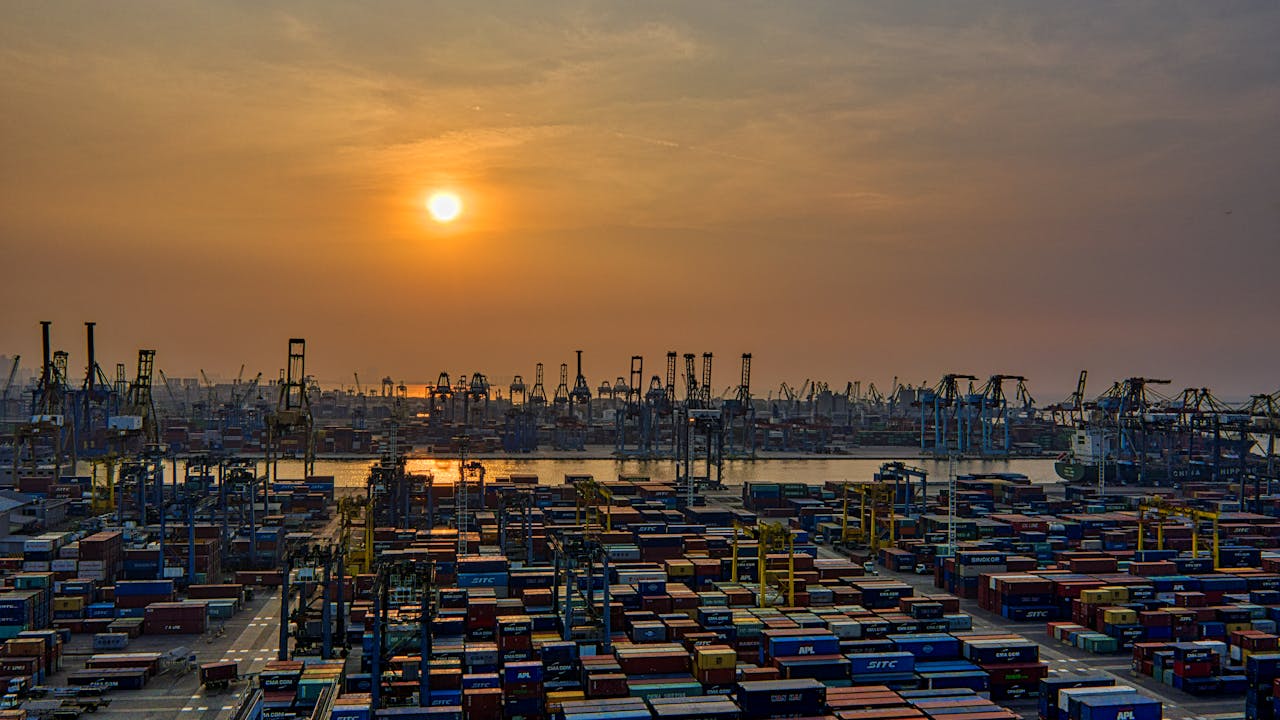Trade agreements serve as the cornerstone of international commerce, facilitating the exchange of goods, services, and investments across borders. These agreements, negotiated between countries or regional blocs, aim to liberalize trade, reduce barriers, and promote economic integration. In this comprehensive exploration, we delve into the intricacies of trade agreements, unraveling their objectives, mechanisms, and implications for global trade dynamics.
Defining Trade Agreements: Unveiling the Framework
At its essence, a trade agreement is a legally binding pact between two or more countries, stipulating the terms and conditions governing their trade relations. These agreements can range from bilateral trade deals between two nations to multilateral agreements involving numerous countries or regional blocs. Trade agreements typically cover a wide array of issues, including tariffs, quotas, customs procedures, intellectual property rights, and dispute resolution mechanisms.
Objectives of Trade Agreements: Promoting Prosperity and Cooperation
Trade agreements are crafted with a myriad of objectives in mind, aiming to foster economic growth, enhance efficiency, and promote cooperation among participating countries. By reducing trade barriers and harmonizing regulations, these agreements seek to create a more conducive environment for businesses to engage in cross-border trade and investment, ultimately benefiting consumers through greater choice, lower prices, and improved product quality.
Mechanisms of Trade Agreements: Unraveling the Components
Trade agreements employ various mechanisms to achieve their objectives, with tariff reduction and elimination being one of the primary instruments. Through negotiated tariff schedules, countries agree to lower or eliminate tariffs on imported goods, thereby reducing the cost of trade and enhancing market access for exporters. Additionally, trade agreements may include provisions on non-tariff barriers, such as quotas, subsidies, and technical regulations, aimed at addressing discriminatory practices and ensuring a level playing field for businesses.
Types of Trade Agreements: From Bilateral to Multilateral
Trade agreements come in various forms, reflecting the diverse interests and priorities of participating countries. Bilateral trade agreements involve negotiations between two countries and typically focus on specific sectors or industries of mutual interest. Regional trade agreements, such as the North American Free Trade Agreement (NAFTA) or the European Union (EU), encompass multiple countries within a geographical region and aim to deepen economic integration and cooperation. Multilateral trade agreements, such as the World Trade Organization (WTO) agreements, involve negotiations among numerous countries and seek to establish a framework for global trade governance.
Benefits of Trade Agreements: Unlocking Economic Opportunities
Trade agreements offer a multitude of benefits for participating countries, businesses, and consumers. By reducing trade barriers and promoting market access, these agreements facilitate greater specialization, economies of scale, and productivity gains, leading to increased competitiveness and innovation. Moreover, trade agreements can spur foreign direct investment (FDI), technology transfer, and knowledge sharing, fostering economic development and poverty reduction in participating countries.
Challenges and Controversies: Navigating Trade-offs
Despite their potential benefits, trade agreements are not without challenges and controversies. Critics argue that trade liberalization can lead to job displacement, wage stagnation, and income inequality, particularly in sectors vulnerable to import competition. Moreover, concerns have been raised about the impact of trade agreements on environmental standards, labor rights, and public health, highlighting the need for comprehensive and balanced trade policies that address social and environmental objectives alongside economic considerations.
Future Trends: Adapting to a Changing Global Landscape
As the global economy continues to evolve, trade agreements must adapt to new challenges and opportunities. Emerging trends, such as digitalization, e-commerce, and sustainability, are reshaping the dynamics of international trade, necessitating innovative approaches to trade policymaking and regulation. Moreover, geopolitical tensions, protectionist sentiments, and the rise of economic nationalism pose additional challenges to the multilateral trading system, underscoring the importance of dialogue, cooperation, and multilateralism in addressing shared global challenges.
Trade agreements play a vital role in shaping the contours of global commerce, fostering cooperation, and driving economic growth and development. By understanding the complexities of trade agreements and addressing the associated challenges and controversies, policymakers can unlock the full potential of international trade as a catalyst for prosperity, innovation, and inclusive growth in the 21st century.




